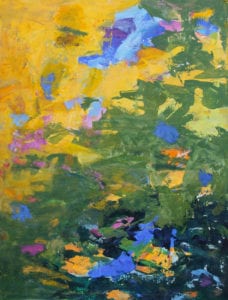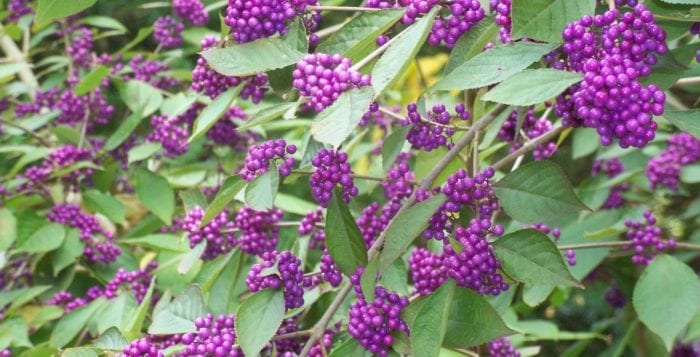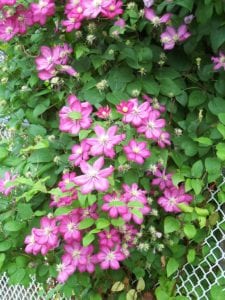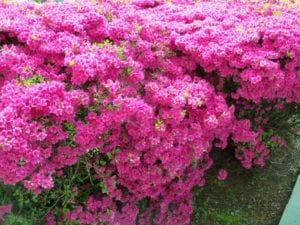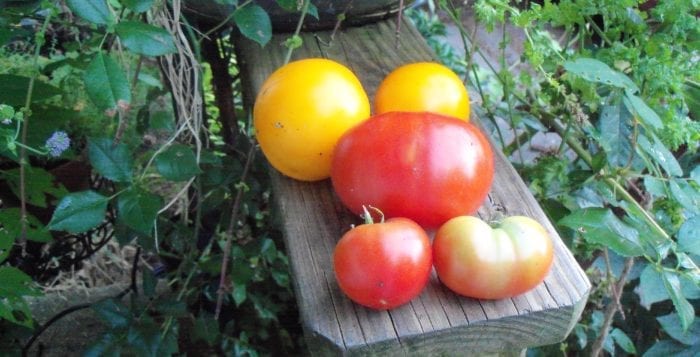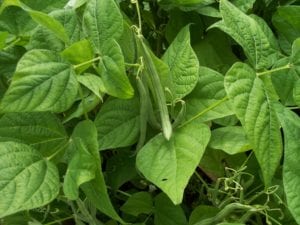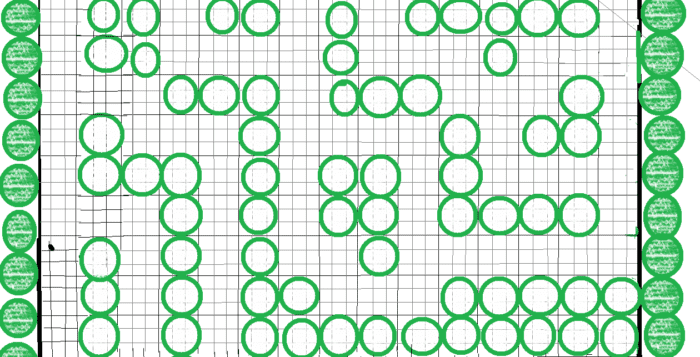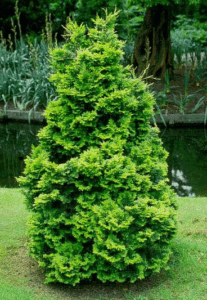By Ellen Barcel
Well, spring is here and one of the chores necessary for the gardener is to do some spring pruning. Pruning is not one of my favorite gardening jobs but can be needed. In general, put the right type of plant in the right place to start with as you plan new plantings. That way you won’t spend an inordinate amount of time keeping plants small that really want to be large.
Minimizing pruning
• If you know that the shrub is going to reach 10 feet tall at maturity, don’t plant it in front of a window — unless, of course, you don’t want to see out of the window. Plant slow-growing, dwarf plants in that situation.
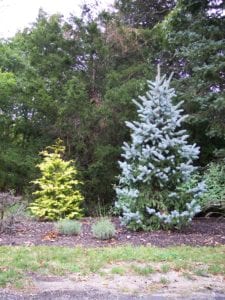
• Don’t plant evergreen trees right up against the house, or any trees for that matter. They’ll grow up against the house, making for an unsightly shaped tree, and you’ll spend a lot of time pruning them to keep them from taking over. Also, they’ll allow critters of all sorts to climb up them and damage your roof (yes, I know from experience). They’ll shade the house so much that the roof won’t dry out properly after a rainstorm. Large trees should be planted at the back of your property and smaller specimen trees toward the front for the best appearance.
• If you hate pruning — what gardener doesn’t — select plants that need minimal pruning such as conifers. Usually the gardener just needs to remove any dead branches (rare), really weirdly growing branches or multiple leaders in pyramidal-shaped trees.
• Always research the specific plant you want to add to your garden so you know exactly what will happen with that plant in the future.
Rules of thumb
• Prune out any dead branches as soon as possible, especially ones that are creating a hazardous situation.
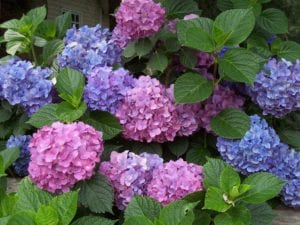
• To control the height of flowering plants, prune them back immediately after they have bloomed. In this way you won’t interrupt the flowering cycle for next year. That means don’t prune forsythia until right after its put out its yellow flowers in April. Prune rose of Sharon later in the summer after it has bloomed. Don’t prune Hydrangea macrophylla (blue and pink flowering shrubs) until after it has bloomed since it blooms on old (last year’s) wood. Hydrangea arborescens (snowballs), however, benefit from cutting back in early spring since they bloom on new wood.
• Never take off more than one-third of the growing area of a shrub (or blades of grass). Taking more can seriously compromise the health of the plant, even killing it. While some shrubs, like euonymous, or trees like catalpa, will grow from the roots, many others will not if cut back too far.
• Always keep an eye to the overall shape of a plant. For example, if a plant has a pyramidal shape you want to maintain that. If there are stray branches that stick out beyond the pyramidal shape or double leaders, trim them, remembering conifers generally do not resprout the way broadleaf plants do.
• Always research the specific plants you’re pruning to make sure you do it correctly. Sometimes a plant just doesn’t conform to the norm.
For safety
If you have some really large branches broken off a big tree due to winter wind and storms, have a professional, an arborist, come in and deal with them. You don’t need a trip to the ER. Professionals know how to do major pruning safely.
Ellen Barcel is a freelance writer and master gardener. To reach Cornell Cooperative Extension and its Master Gardener program, call 631-727-7850.

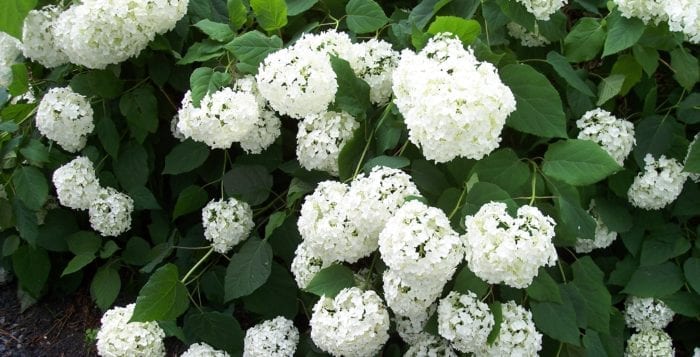
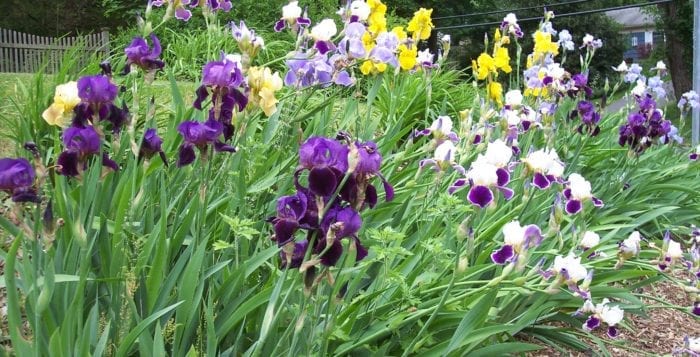
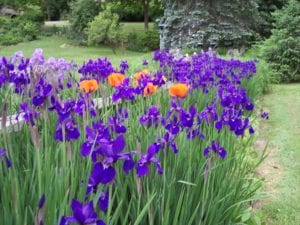
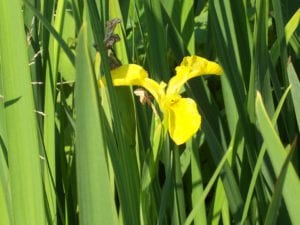
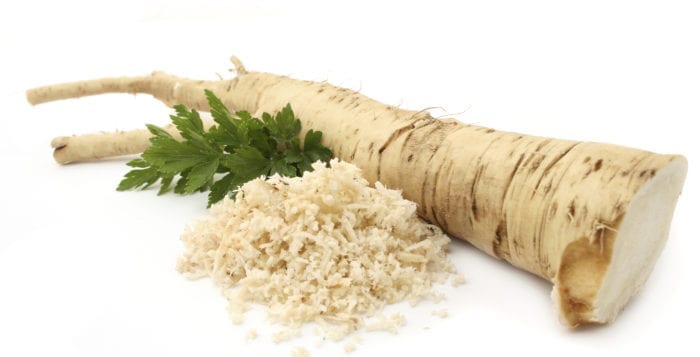
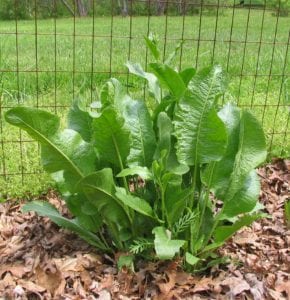
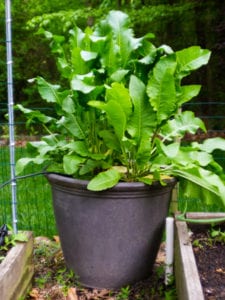

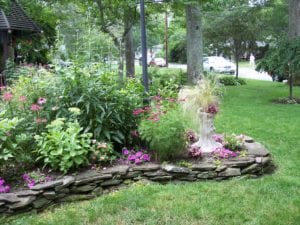
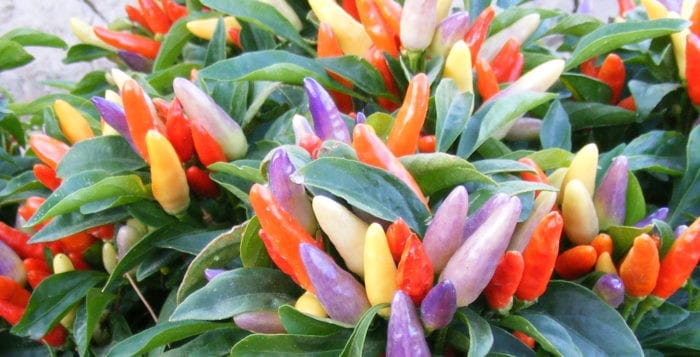
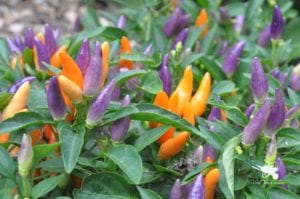 The name Easter pepper came from the pastel color of the peppers when they first appear on the plant. The plant was bred by the New Mexico State University’s Chili Pepper Institute — it also developed a Valentine’s Day pepper (red and white), a St. Patrick’s Day pepper (green) and a Halloween pepper (orange and black) among many others.
The name Easter pepper came from the pastel color of the peppers when they first appear on the plant. The plant was bred by the New Mexico State University’s Chili Pepper Institute — it also developed a Valentine’s Day pepper (red and white), a St. Patrick’s Day pepper (green) and a Halloween pepper (orange and black) among many others.


